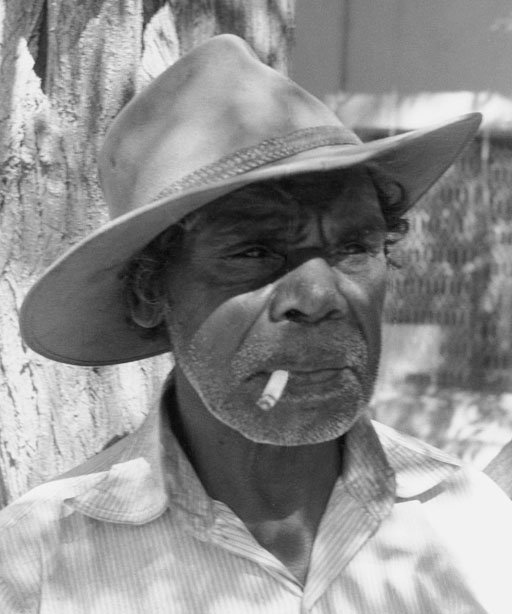TIM LEURA TJAPALTJARRI
MARKET ANALYSIS

Flinders University Art Museum Collection.
Photo: Professor JVS Megaw
Tim Leura painted for just 12 years and passed away in 1984, still several years before the desert painting movement spread to communities beyond Papunya, and long before Aboriginal art gained wide acceptance nationally. His most successful works at auction were created at either the beginning, or toward the end, of his short 12 year career. Although his record price was for a work created just 2 years before his death, and this sold for more than twice his second highest result, early boards created between 1971 and 1972 occupy 8 of his top 10 prices at auction.
Sotheby’s offered 5 of his earliest boards in 1998 and all sold for prices so far in excess of their high estimates that the average price paid for one of these in that year was a staggering $68,145. These paintings are of great ethnographic, historic and aesthetic value and engender the most delicate beauty. This is true of all of Leura’s paintings when rendered in fine varied dotting and subtle hues. However those early boards with plain backgrounds, and mid 1970’s works, have not been as desirable to collectors, and have failed to achieve high prices.
Tim Leura’s highest selling work, Kangaroo at Ritjulnya, painted in 1982 for Papunya Tula and measuring 152 x 181 cm., sold for twice its high estimate in Sotheby’s July 2006 sale (Lot 90). Aesthetically it is a most pleasing work and, even though it was a large canvas for a fragile man near the end of his life, he managed to execute a wonderfully intricate dotted background. However it is unlikely that there are any more than a few other 1980’s works of this standard and size in private hands.
Since 1998, the majority of Leura’s works that have come onto the market have been boards or canvases painted during the period between 1973 and 1979 and these have sold for an average price of $25,112. His highest price for a sculpture or artefact was the $9,600 paid for a 71 cm. long painted beanwood shield at Sotheby's in November 2007 that had carried an estimate of $5,000-7,000. (Lot 102). Leura’s sales rate is high at 83% with the 14 unsold works out of the 82 offered generally failing, due to high reserves or because they have represented his least desirable styles or periods. Sotheby’s have been by far the most prolific house offering Tim Leura’s works with a sales total of $1,098,681 from 44 works sold and while his highest grossing year was 1998 when all 9 works offered found a new home for a total of $303,150. His next best year was 2007 when $270,346 was generated from the 10 works sold of 13 offered while 2008 was close to his worst for some time with only 2 good works on offer, the best of which, an untitled 1979 board, failed to sell at Mossgreen when carrying an estimate of $22,000-25,000. In a year that saw the size of the secondary Aboriginal art market halve, 4 works by Tim Leura sold for just $29,246 of the 6 offered.
It has been said that Tim Leura was, in Aboriginal eyes at least, a more important figure than Clifford Possum, who lived for another 18 years after his brother’s death and became one of the most prolific and successful Aboriginal artists of all time. While Leura’s output was relatively small, his best works are exquisitely rendered and highly collectable. These are rare and important paintings and will, over time, become more and more coveted. Their rarity on the market will be matched by a corresponding increase in value.
© Adrian Newstead

